Ceramics in Acquapendente
History
The historical continuity of this ancient art in the town of Acquapendente is surprising. The 15th and 16th centuries are the most documented periods, when the level of production and quality of local products became nationally renowned and the products started to be exported to markets in large cities like Florence, Naples, Rome and Salerno. The art also flourished during the medieval period when a typical local production of archaic majolica asserted itself with original and innovative creations.
Production levels remained high in the early 17th century but an inexorable decline began in the middle of the century. Evidence of ceramic activity becomes rarer and more sporadic for the 18th and 19th centuries. The 20th century, however, marks a resurgence of activity.
The first written testimonies regarding this activity are a deed, drawn up in Acquapendente on 23 May 1341, regarding a certain Bonvento, son of Bucio Orciolaio Aquesiano, and a deed, stipulated in Acquapendente between Luca di Benigno and Angelo di Paravento, dated to 16 May 1363. There are numerous finds in the town’s subsoil, many of which, due to the uniqueness of their shapes, decorations and types, are sure evidence of local production.
One of the most representative artefacts of this area is the basin in the photo. Dating back to the 14th century, it is the only intact artefact which bears a completed sentence in ancient Italian (tolle questa frasca p(er) mio amore voleti direto p(er) testo serpente) in archaic pottery (photo 1).
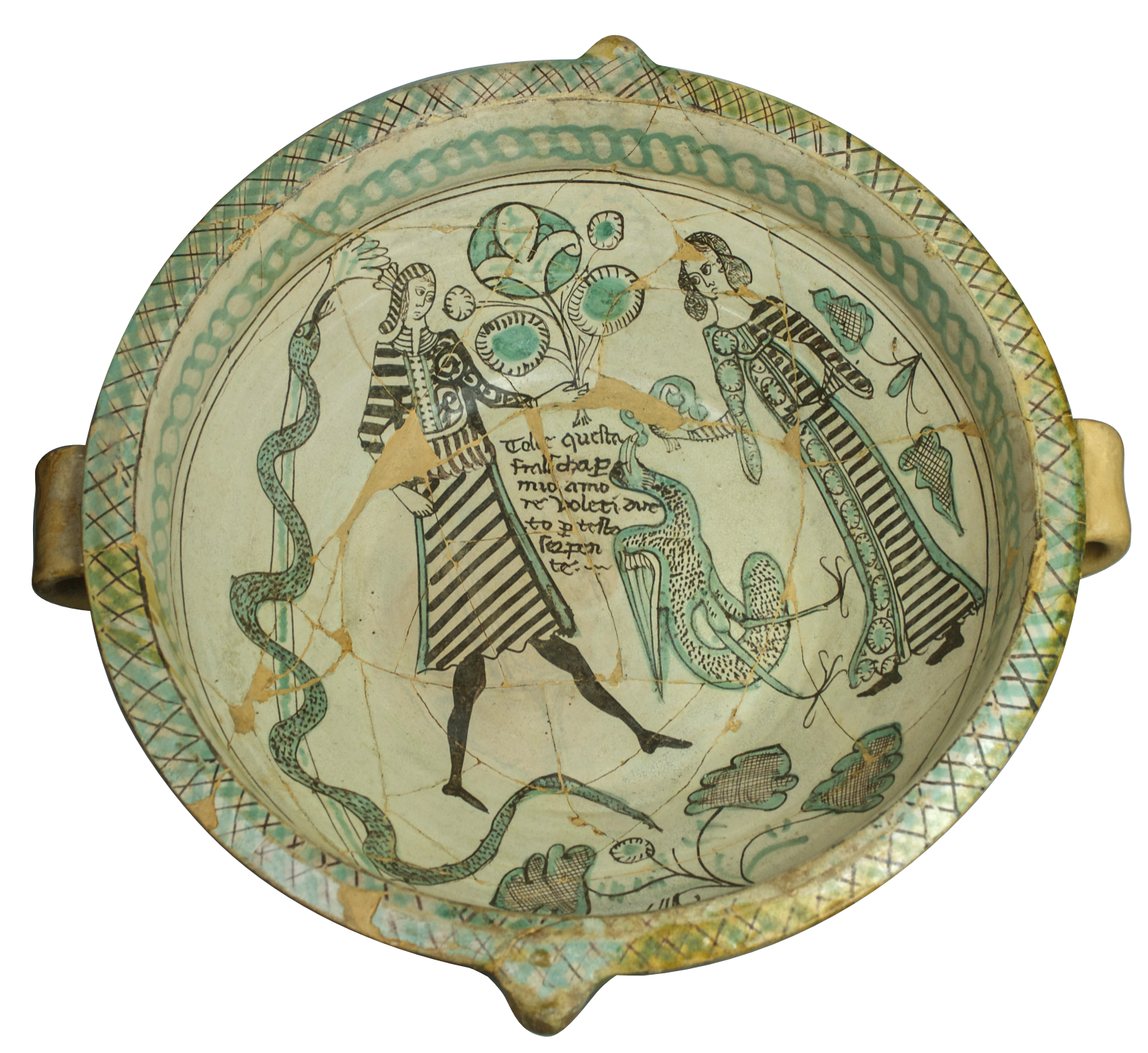
Basin. 14th century
The notarial deeds in the Viterbo State Archives – Acquapendente Fund show that many of the aspects that had already emerged in the previous centuries were enhanced and were the secret of the great success of the ceramics produced in the city in the 16th century.
A system was put in place based on the following aspects:
- Corporatism.. The Arte dei Vascellari regulated and protected the workers. At its head were two Consuls, with authority over all the men who formed part of the Arte. Alongside them were the Chamberlain, the Mayor and the Procurator;
- Economic Trusts. The agreements made by the Arte as a collective were very important for commercial and employment purposes. As early as the previous century, it was customary for one or more merchants to buy the entire production of the members of the Arte for several (usually three) years;
- Short Supply Chain. Most of the raw materials used were locally sourced. Water was abundant in the city thanks to numerous springs and two of the main sources, the Rugarella and Mascheroni springs, were freely available to all. Wood was equally abundant thanks to surrounding forests and the nearby community forest was a cheap resource. Clay was quarried in the Fornace area, located about one kilometre from the centre of the town. The colours were worked in privately owned mills or in those belonging to the Arte dei Vascellari, at Porta della Ripa.
The importance of ceramic production in this period is well illustrated by the story of three Vascellari from Acquapendente: Alberto Bonsagna, Prospero Stelliferi and Bernardino Rubei, who, having sold well in Rome and Naples in 1549, embarked on a ship in Civitavecchia the following year with a large amount of ceramics to be sold at the September fair in Salerno. They set sail under the command of Baloro Ghaetano but they, along with the entire crew and the cargo were captured in the Bay of Naples on 12 September 1550 by pirates led by the corsair Zoppino. Immediate rescue efforts were made by their relatives with embassies in Naples and the intention to send emissaries to Algiers to negotiate a ransom was also expressed. Given the difficulties of trading in the Mediterranean at that time, due to Emperor Charles V’s war against the Ottoman fleet of Admiral Khair Ad-Din, known as Barbarossa, the affair ended tragically. In a letter written from Marseilles in 1551, the lieutenant of the papal fleet, Marcantonio Zanne, informs the Aquesian captain, Ettore Biancardi, that: ‘il fratello di Theodoro he stato amazato’ (the brother of Theodoro has been killed).

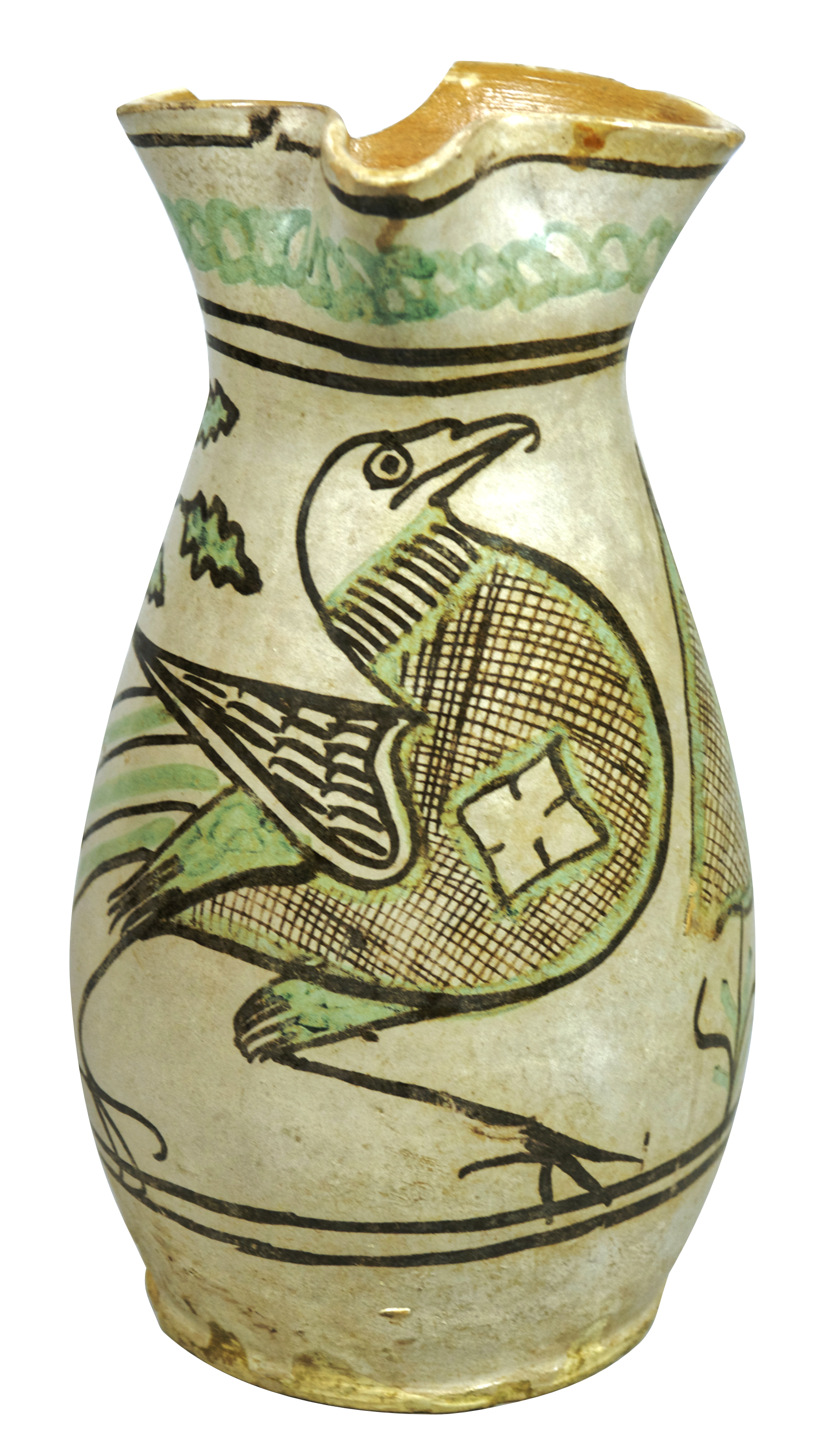
Ceramic production. 14th century
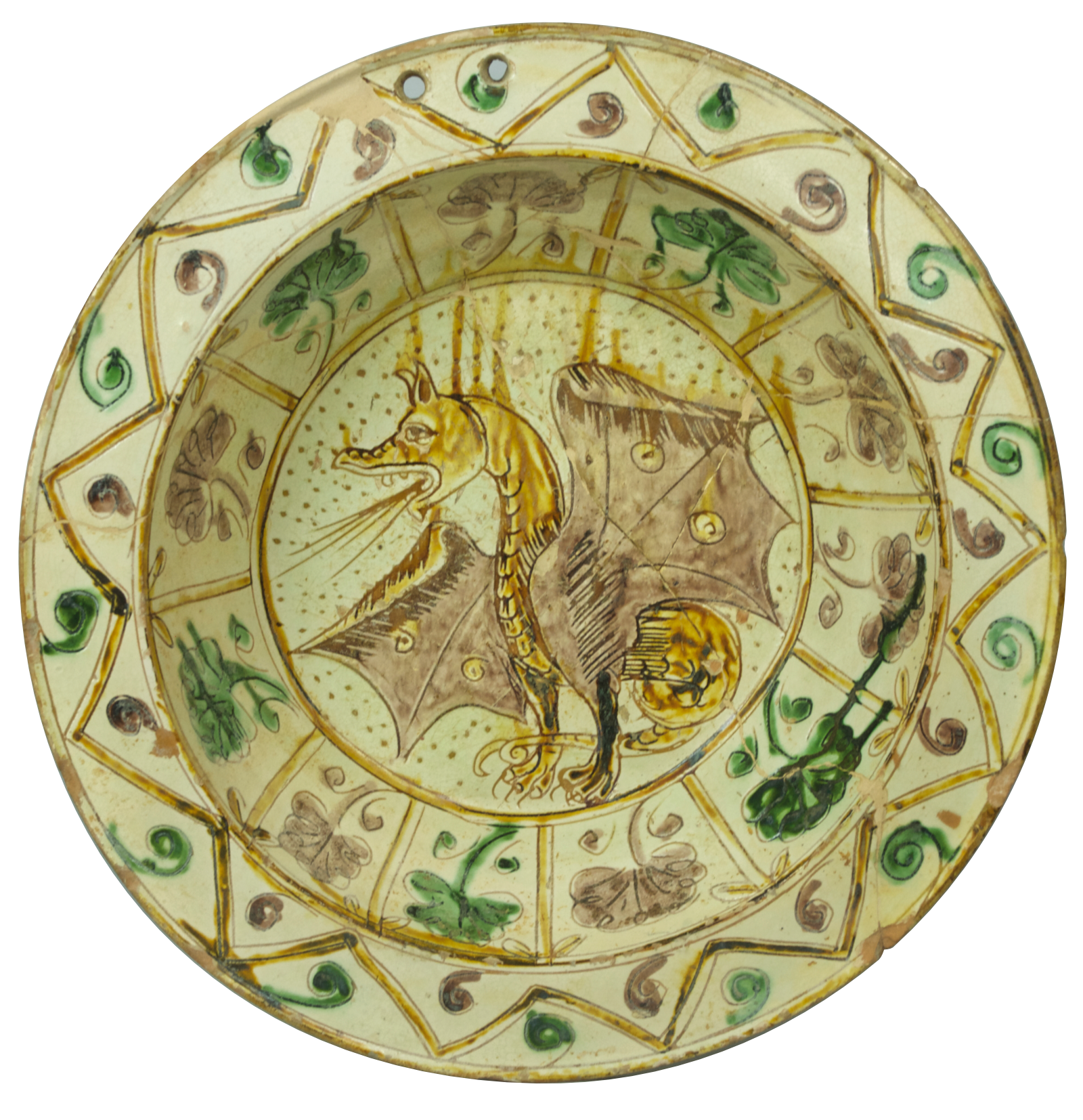
Lustre dish. 15th century
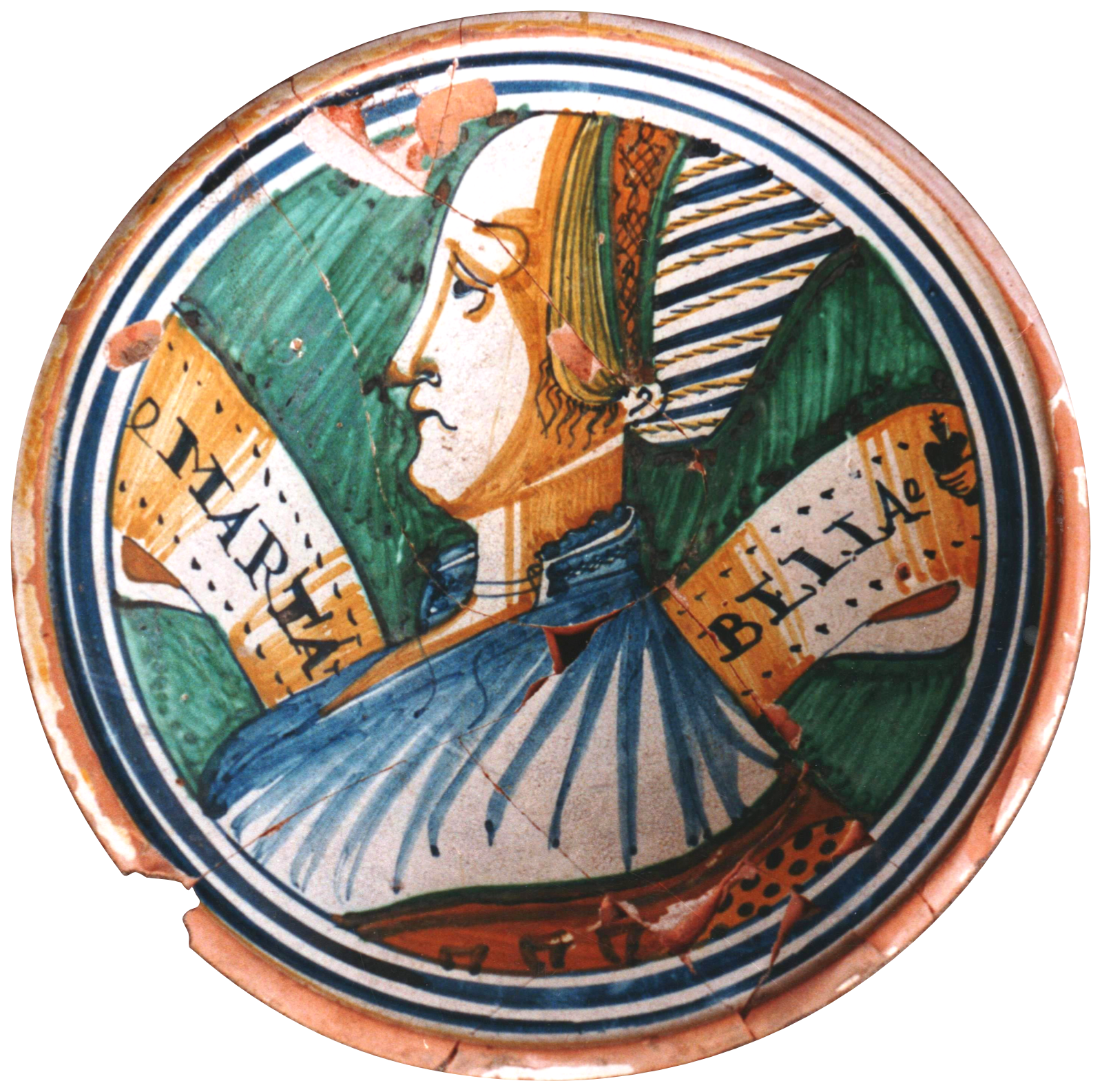
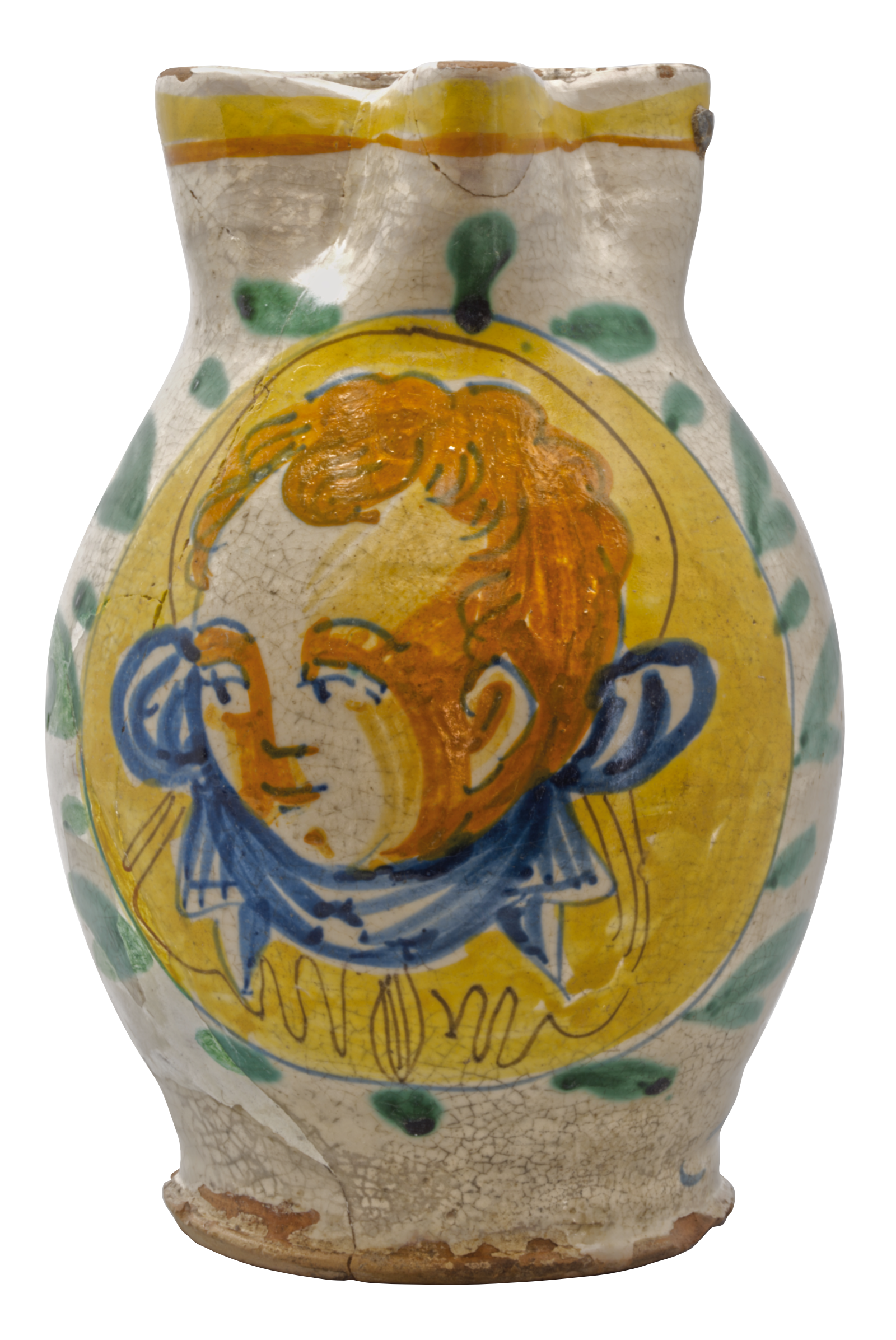

The ‘Belle’ and the engobed and coloured artefacts in shades of yellow-orange-ochre which characterise the 16th century
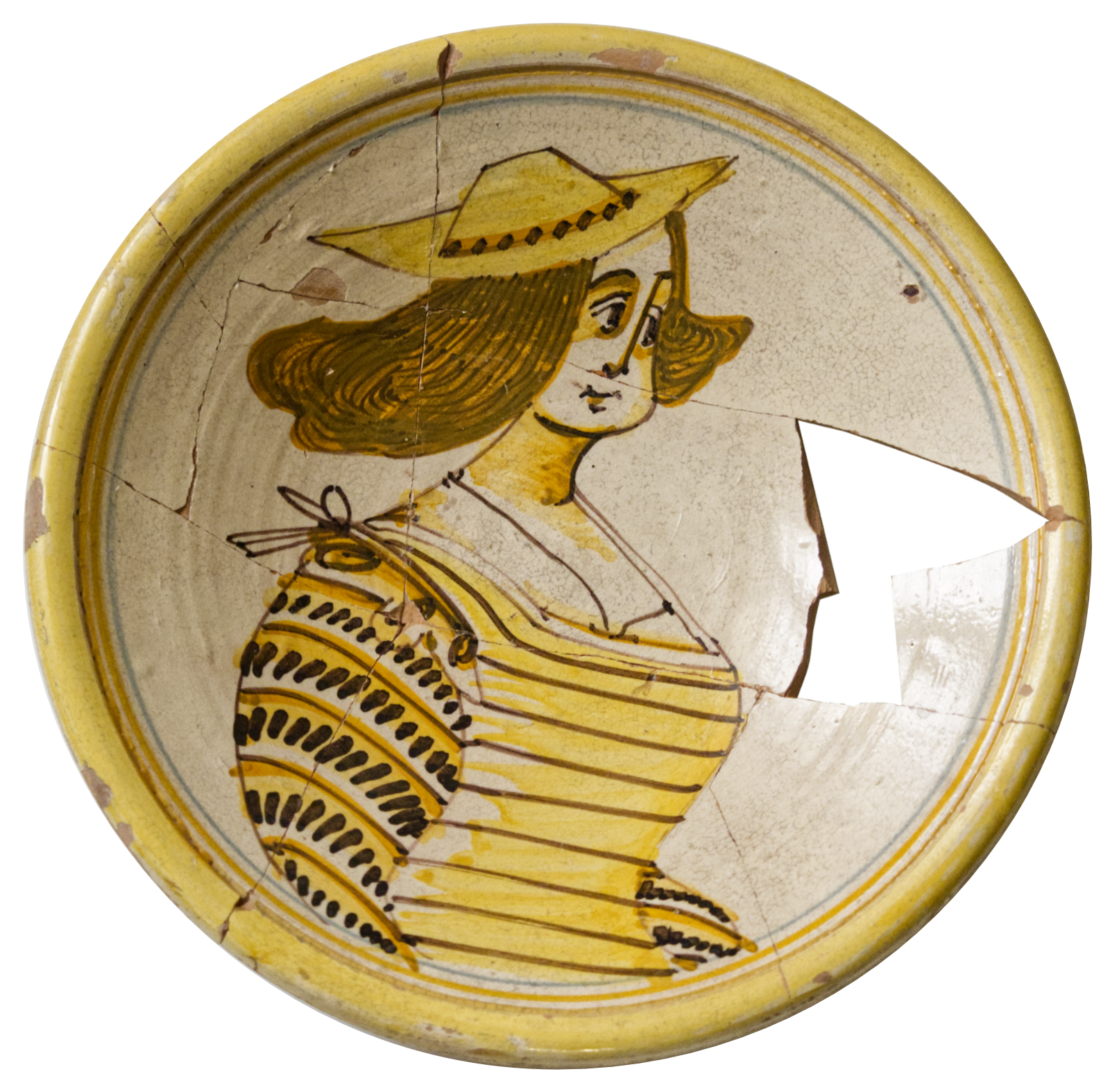
Woman with “Cappelloni” on a plate 30 cm in diameter. 17th century
The level of ceramic production in Acquapendente remained high until the mid 17th century, only to then decline. However it never stopped entirely. The first important revitalisation of Aquesian ceramics occurred at the end of the 1920s, thanks to Domenico Fuschini. Fuschini, who had only recently moved to the town and who appears for the first time with his occupation listed as an ‘antiquarian’ in a document dated 27 May 1907, tried to buy a factory in Rome in 1922. However he fell in love with the Aquesian Maddalena Salvatori and settled in Acquapendente in 1926, where he set up an artistic majolica factory in the premises adjacent to the convent of Saint Francis. A few years later, he changed his products and started creating toys, whistles, cribs and other furnishings with his business partner Elia Rosa.
Production was interrupted during the Second World War but resumed immediately afterwards, until it ended in the 1950s. The evolution of the factory’s ownership can be seen in the brand name affixed to the artefacts: “D. Fuschini” in the late 1920s and early 1930s, “Fuschini e Rosa” then “Fuschini Rosa & Figlio” and finally “Rosa” in the 1950s. In the meantime, a new generation of ceramists has been trained.
Text by ArcheoAcquapendente Archaeological Group
Reproduction of images of ceramic artefacts with the permission of the MiC – Soprintendenza Archeologia, Belle Arti e Paesaggio for the Province of Viterbo and Southern Etruria
